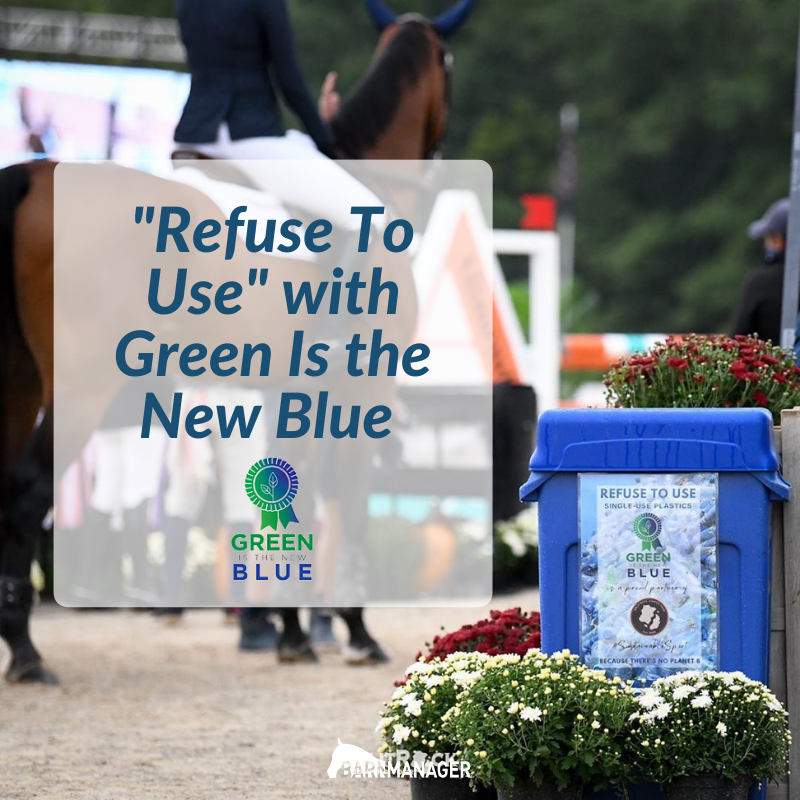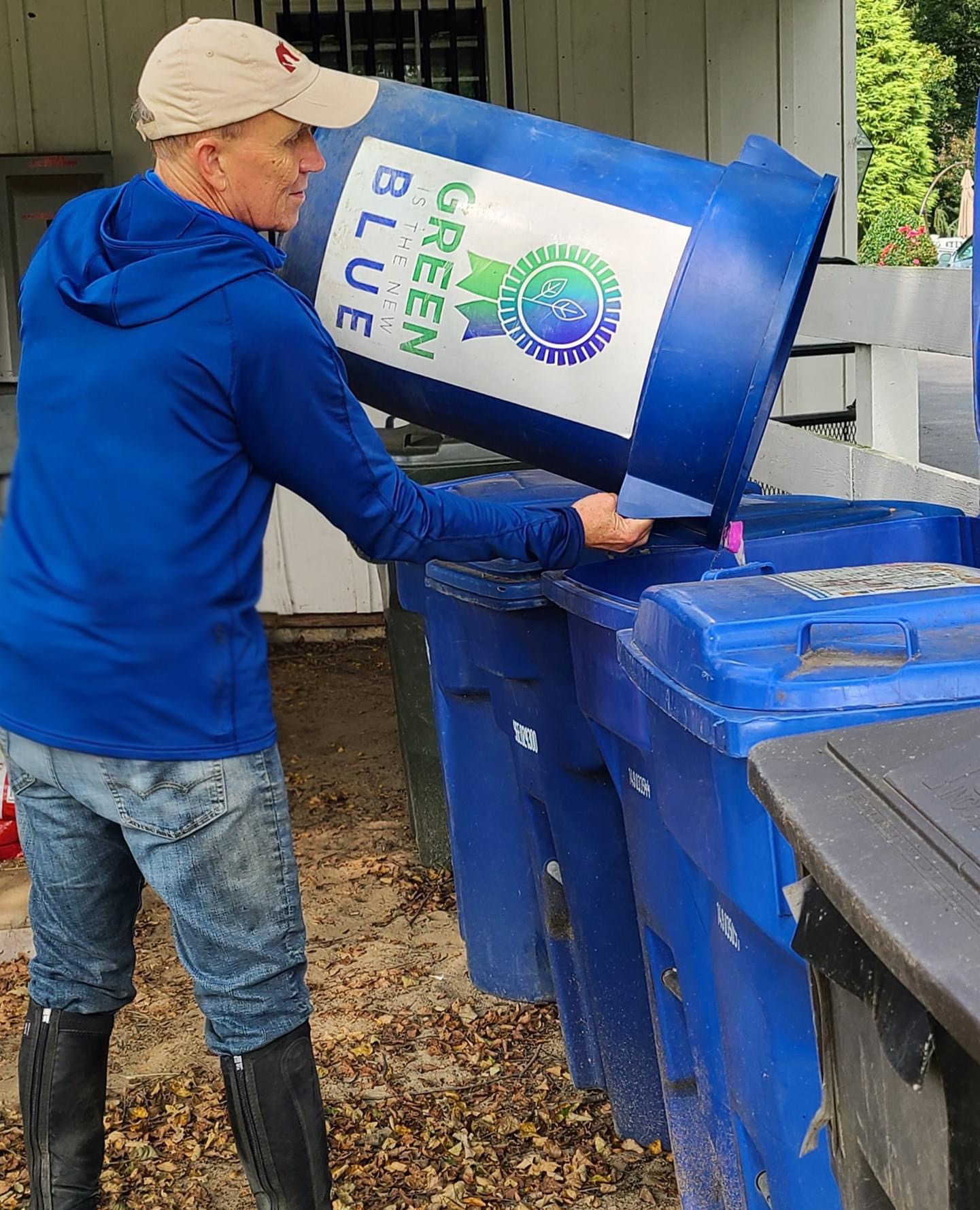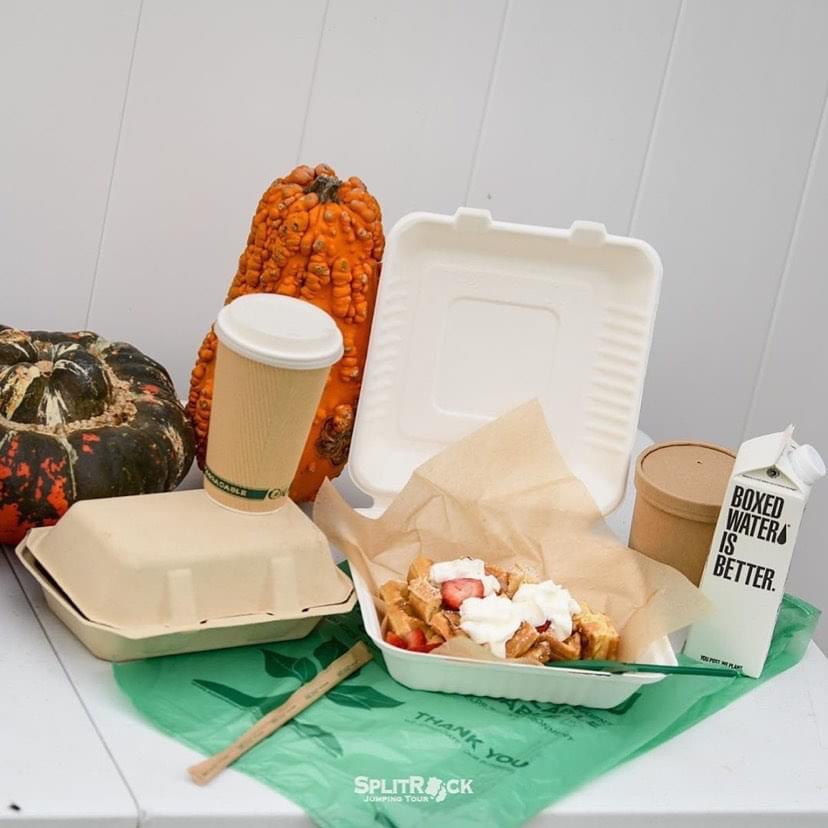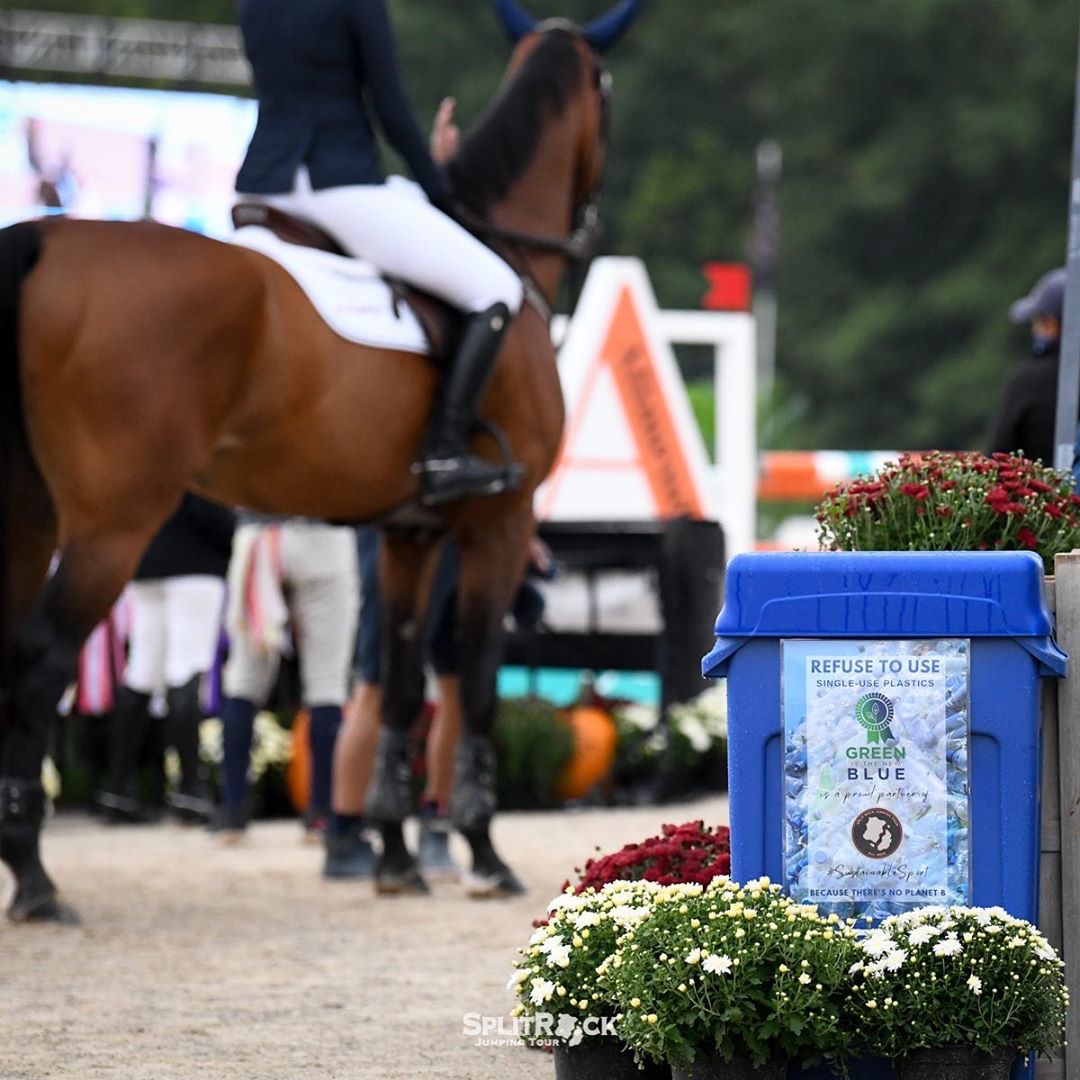By BarnManager Partner Green Is the New Blue
By now, you’ve probably seen photos of Green Is the New Blue’s Living Jumps from our partner horse shows and read about the ways they promote biodiversity in their local ecosystems. But what, exactly, does that mean?

Biodiversity refers to the total number of different species in the same habitat. This includes microorganisms to plants to horses and their humans. It is important because biodiverse environments provide vital resources such as food, water, and shelter for their inhabitants. In some instances, they even provide medicine and fuel. Further, these ecosystems are built to last; biodiverse environments are more resilient in the face of disaster, both natural and manmade.
Every day, scientists discover new information about how one species benefits another. As every living thing is part of an interconnected system that sustains life on Earth, each of us should actively promote biodiversity. (Our lives quite literally depend on it!) That sounds like a pretty tall order, but it starts with a simple act. Make conscious decisions that sustain and strengthen the overall health of your local environment.
What are ways to support biodiversity at the barn? Go native.
When landscaping your farm, create a plentiful habitat that features a variety of plants and wildflowers native to your local ecosystem. These species are evolutionarily designed to thrive in that specific habitat, potentially reducing water use and minimizing care requirements. Native species provide food and shelter for other species in the ecosystem that are responsible for important ecological processes like plant reproduction and decomposition.
Feed the birds.
Birds play an important role in the ecosystem, from their predator/prey relationships to dispersing seeds for plant reproduction. Consider adding bird feeders to attract a variety of different species. Squirrel-proof feeders are best, as squirrels will steal food and deter birds. If you do install a bird feeder, keep a consistent cleaning schedule to prevent mold growth and maintain healthy populations.
Create your own Living Jump.
Source native plants from a local nursery or research appropriate species to grow through the National Wildlife Federation’s Native Plant Finder. For a hedge-style jump, you can plant the elements directly into the ground. If you’re working in the arena, you can re-pot your favorite species year in and year out as their root systems mature. Your Living Jump will bring beauty to your corner of the world, and more importantly, it will be a vital link in the larger system that sustains life on our planet.
How are you promoting biodiversity on your farm or at home? We’d love to hear about what you are doing, so leave a comment below!
Have questions about utilizing BarnManager or want to give it a try for yourself? Request a live demo here!



 Recycling bins at the ingate of Split Rock Jumping Tour.
Recycling bins at the ingate of Split Rock Jumping Tour.